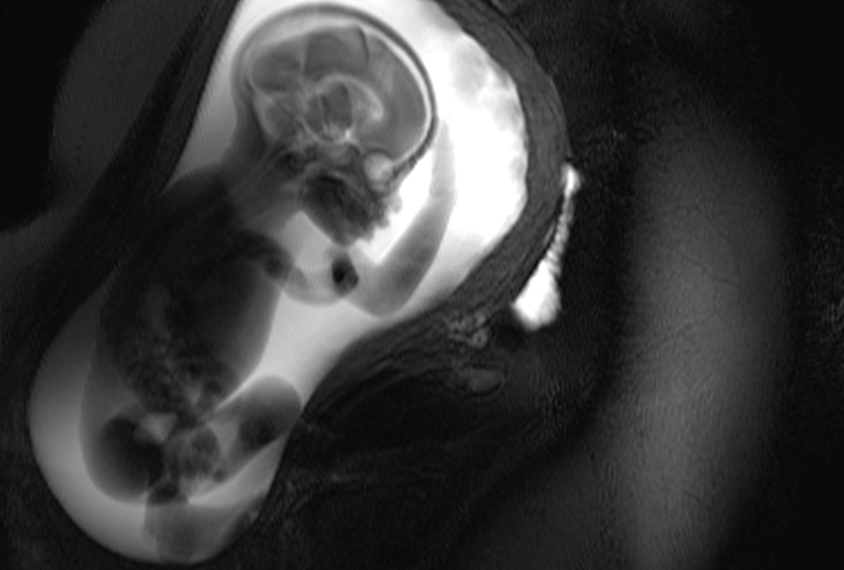
New York University
Researchers map connections in fetal human brain
A new map of the fetal brain during the second and third trimesters of pregnancy reveals the brain’s complex network of connections.
A new map of the fetal brain during the second and third trimesters of pregnancy reveals the complex network of connections in the brain before birth1.
The new functional connectome — a map of brain regions that communicate with one another — is among the first to chart large-scale connectivity patterns in utero. It may help researchers detect differences between the prenatal connectivity patterns in neurotypical children and those in autistic children.
Studies suggest that autism begins before birth and that children with the condition have atypical brain connectivity. Information about connections within the whole brain during gestation is scarce, however2.
Researchers have studied preterm infants to learn about fetal connections, but their results may be skewed by stressors related to preterm birth. Some studies have looked at fetal brains in utero, but these have mostly assessed connectivity between a few brain regions.
The researchers scanned the abdomens of 105 pregnant women at 20 to 40 weeks of gestation, using functional magnetic resonance imaging. They looked for synchronous activity among 197 fetal brain regions. They also created a connectome of the mature brain by using previously acquired scans of 42 adults. They then arranged both the adult and fetal connectomes into matrices that show interconnections among brain regions.
The fetal and adult connectomes are remarkably similar, with a 62 percent overlap in their matrices, the researchers reported in December in The Journal of Neuroscience. A blueprint of the adult connectome exists in the second and third trimester of pregnancy, the researchers say, which suggests that the brain’s organization is largely in place before birth.
The fetal connectome can also be grouped into specialized networks, and it features ‘rich club’ organization, which refers to densely interconnected regions important for relaying information. These two features were thought to be characteristic of the adult brain, the researchers say. Alterations in connectivity patterns during gestation could interfere with the development of key brain networks.
The map may help scientists better understand how the fetal connectome relates to later brain function, the researchers say. It also lays the groundwork for exploring how maternal factors, such as stress or diet, affect the prenatal brain.
References:
Recommended reading

Expediting clinical trials for profound autism: Q&A with Matthew State

Too much or too little brain synchrony may underlie autism subtypes
Explore more from The Transmitter

This paper changed my life: Shane Liddelow on two papers that upended astrocyte research
Dean Buonomano explores the concept of time in neuroscience and physics

